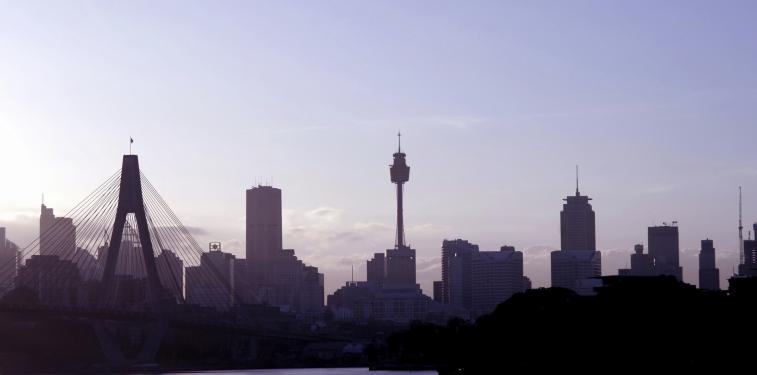“Statistically we believe that Sydney in fact is projected to record the strongest rental growth in 2016 with Tokyo a little way behind,’’ JLL Director of Global Research Jeremy Kelly told a recent briefing.
“What we’re finding is that the leasing market recovery in Sydney is gathering momentum,” said Mr Kelly, with his team predicting Sydney, Tokyo and Boston will be the top performing major global office markets in 2016.
Mr Kelly said rents for premium office space in Sydney in 2016 could grow “towards the region of 10 per cent maybe just less”.
“At first it was driven by the technology sector but the recovery is starting to broaden across a much broader range of industry sectors in the same way we’re seeing here in London and in the US.”
“We’ve got professional services, fintech, the education sector. So net absorption levels which were previously quite weak have now firmed up quite significantly, and that has come at a time were vacancy rates are falling,’’ he said.
“That combination of hardening demand and falling vacancy rates is generating upward pressure on face rents and some moderate reduction in leasing incentives,’’ he said.
Sydney is already reporting the best rental growth in the Asia Pacific, with rents up 3.9 per cent in the September quarter according to JLL.
“There is demand from space in the city from small to medium businesses as well as the larger groups, and that has seen the vacancy level decline and rents rise,” GPT’s Head of Investment Office & Logistics David Burgess told the Sydney Morning Herald.
“We are definitely seeing better conditions going forward as Sydney in particular, plays a bit of catch-up behind overseas cities, where the tech boom has taken hold.”
JLL Director Global Capital Markets Research, David Green-Morgan said the record levels of direct commercial real estate investment were showing no signs of slowing, helped by the pick up in Chinese investment.
“We expect volumes to be around US$750 billion for this year,’’ he said, noting there was the prospect they could overtake the record $US760 billion set in 2007.
“Our expectation is based on the amount of capital we continue to see waiting to entering real estate markets around the world,” said Mr Green-Morgan.
He said there was $US250 billion of “dry powder” in private equity funds worldwide alone.
He noted that $US16 billion of capital had left China in the first three quarters of 2015, which was the same for the whole of 2014.
“We think we will probably go above US$20 billion for the whole of 2015,’’ he said, noting that more than 65 per cent of this money was focused on Sydney, London and New York.
Mr Green-Morgan said the recent turbulence on the Chinese sharemarket, uncertainty over the US Federal Reserve’s forecast lift in interest rates and slower global growth projections “only went to serve the perils of other asset classes” and boost the appeal of direct real estate investment.
